Please register to gain access to the high resolution images: If you are interested in hosting a Light: Beyond the Bulb exhibit, please fill out the application and agreement forms and send them to Kimberly Arcand.
Tips & Guidelines for your Light exhibition:
Download: Make Your Own Light Exhibit
• How many images will be in your Light exhibit? Based on funding availability and venue size, select an appropriate number of images to exhibit: 50, 25, 10, etc.
Please note, funds to mount Light exhibitions are not provided by us, but are raised by the local organizers to pay for their own exhibitions.
• Venue Selection. Consider both indoor and outdoor locations. Consider public parks, river walks, metro stations, art centers, shopping mall atriums, or other inviting locations. Your exhibit could coincide with local events such as popular festivals, cultural celebrations, existing art shows, or other tourist attractions.
Ten Venues to Consider:
• Legalities. All of the contributors of the images in the collection have signed an agreement allowing their work to be exhibited. The images are for non-commercial, educational use only. No merchandising is permitted. Other legal considerations could include obtaining a permit to mount the exhibition, obtaining coverage for public liability, and meeting safety regulations. Please consider such things when deciding upon a venue.
• Fundraising. Funds are required by you to mount an exhibit. Recommendations from past experiences include approaching major corporations as well as organizations on a regional level such as local or small businesses. Consider incentives such as offering some of the images as prizes in fundraising events, donating them to a school of a supporter’s choosing, or showcasing them at the sponsor’s lobby/grounds. Consider approaching non-science-oriented organizations as sources for support, such as entertainment industries, banks, or cultural organizations. Sponsorship ‘packages’ such as ‘Sponsor an Image,’ ‘Sponsor the Moons,’ or ‘Sponsorthe Planets’ can be offered. Storytelling or event packages may also be attractive to potential sponsors wherein donated funds would support speakers or other presenters to enliven the exhibit.
• Marketing, promotion, and site dressing.
- Consider producing an exhibition catalogue, guide, or trifold brochure, small posters or postcards, or other items. Such items can be circulated to local libraries, schools, papers, tourist information offices, and magazines (science, general interest, airline in-flight magazines, etc., noting longer lead time for these).
- Consider site dressing issues such as signs for attracting visitors, information boards, introductory text panels, the inclusion of sponsor’s logos, etc.
• Content translation. Do you want to present the written content in any languages besides English? If so, consider recruiting volunteers to translate the content provided (brochures, signs, image captions, etc.). Please share your translations back with the Light: Beyond the Bulb organizers so we can then provide it to all other exhibitors!
• Collaboration is key.
- Local science or astronomy clubs, science centers/museums, or art centers may be ready collaborators. For example, if exhibiting on the premises of an art center or gallery, staffing and security and/or printing costs could be shared; a local planetarium could be asked to host coordinated events and workshops, feature a slide show version on their premises, or volunteer staffing for the exhibit.
- Local photographers, astrophotographers, scientists, and others can be invited to exhibit their own work for a special regional connection. It is important that the copyright-holders of any images that are added locally also sign an agreement. A sample agreement can be provided on request, but it is the responsibility of the organizer to ensure that any agreement meets the requirements of local legislation. Most important of all is that the images are displayed with a correct credit.
- Local college science departments and/or other science organizations could be recruited to provide volunteers to help with staffing and image interpretation. Such experts could be key in creating a program with slideshows, presentations, and workshops.
- Consider including cultural events. Oral traditions of local indigenous populations could be celebrated through storytelling events centered around night skies.
- Partnering with classrooms, schools, or entire districts can draw field trips and/or encourage activities like student contests. For special needs/visually impaired visitors, audio tours or special events can be coordinated.
- For more ideas, please contact us!



